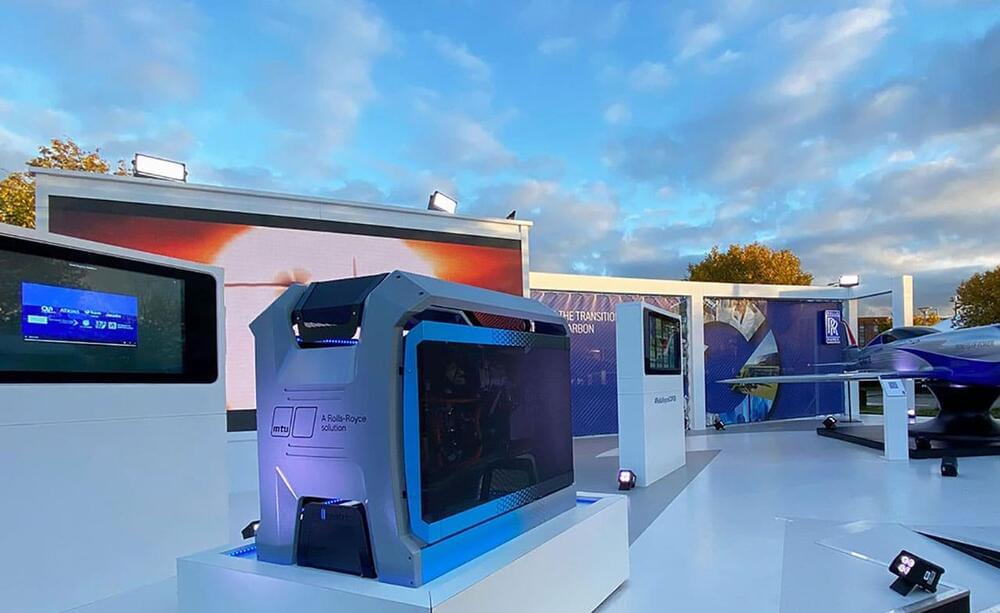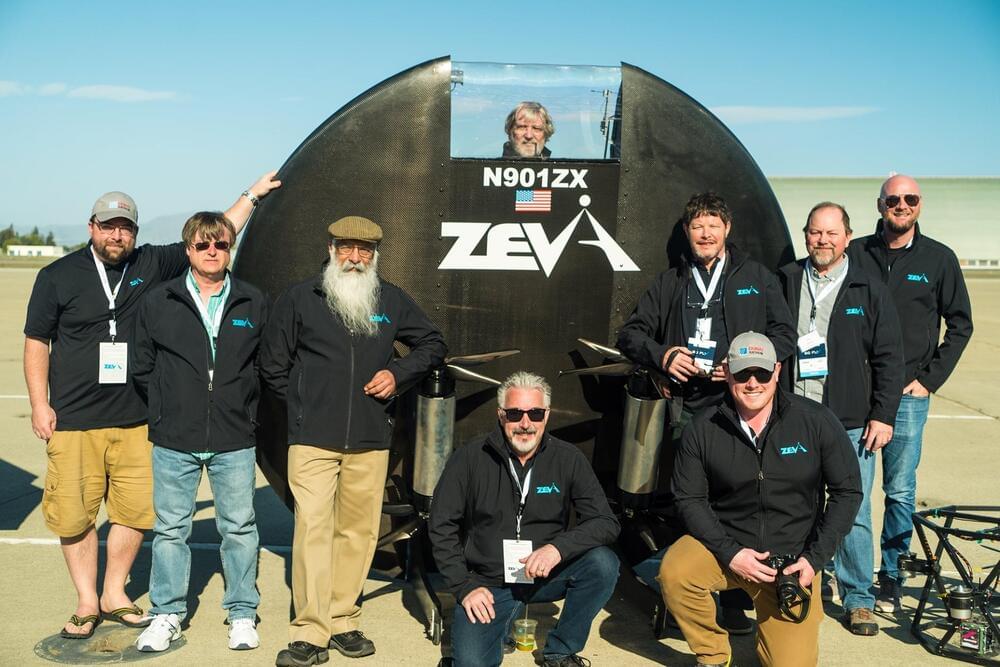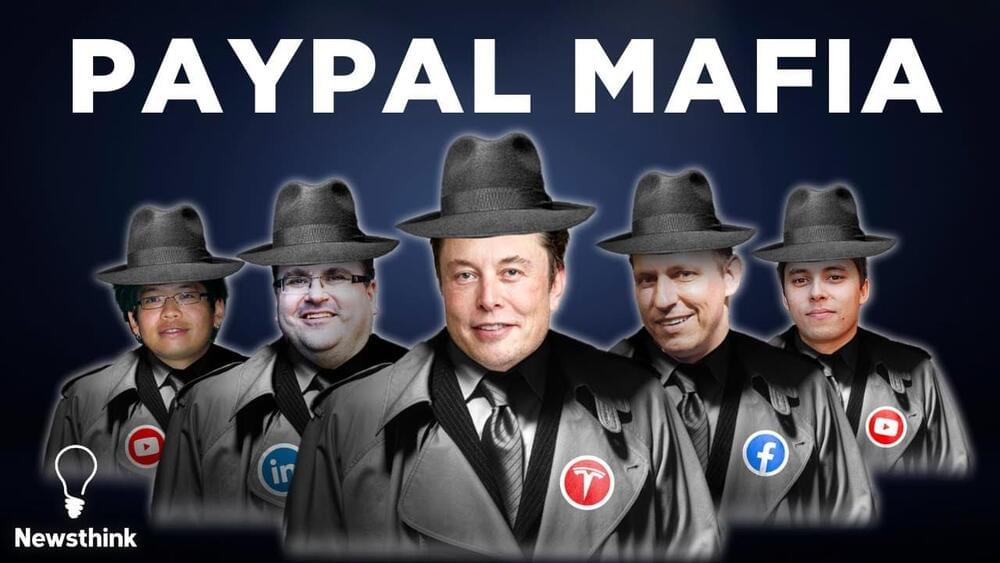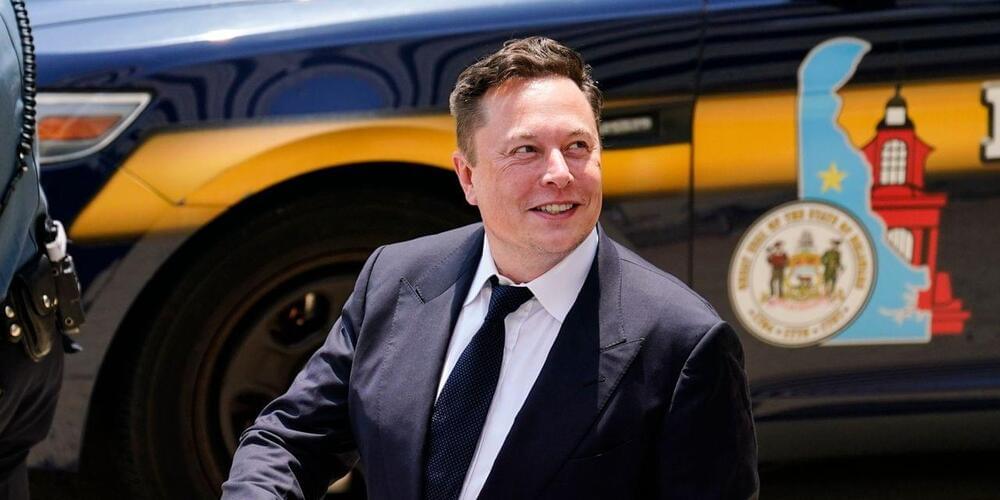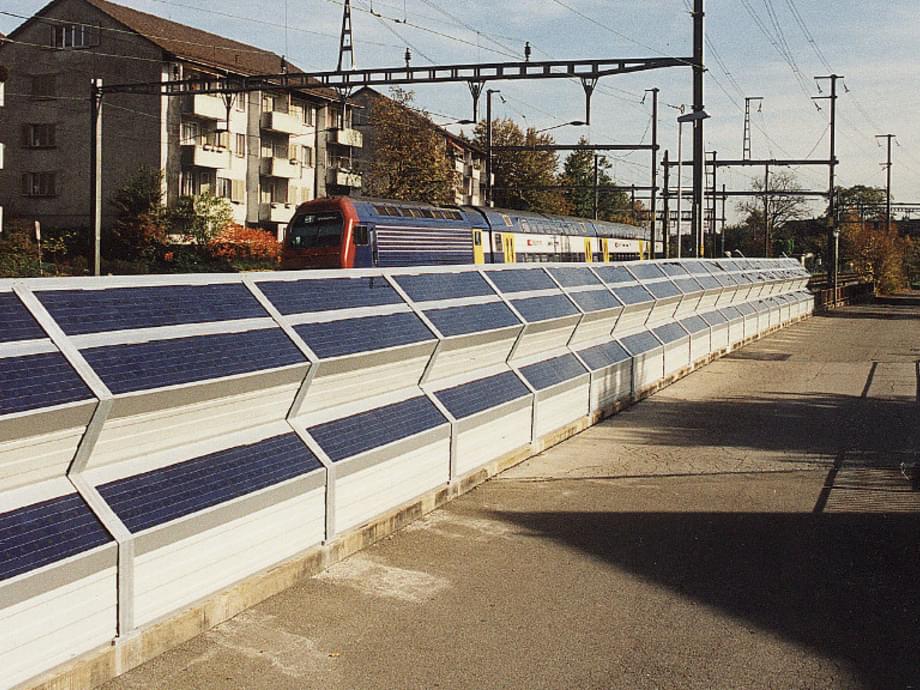Carbon is not our enemy, but the system is out of balance. Too much as atmospheric gases and too little in the ground and soil in the simplest terms.
Biochar, although not new, has found a new lease of life. A process that generates heat, uses waste, locks away carbon and benefits almost every system to which it is introduced.
After reading it all about it, I just had to share the possibilities and so I compiled what I learnt into a short video for those interested.
Hope you enjoy and have a great day.
Biochar Carbon Capture And Storage.
Carbon is not our enemy.
As an element it forms the basis of life as we see it all around us but we have for too long squandered valuable resources with no respect for their true value, but that can change.
It almost seems too good to be true, to be able to combat climate change whilst getting better yields and reducing flooding and land degradation, and increasing cheap access to drinking water.
Well just watch this.
Why not see some other ways we can make tomorrow better by watching this next, These could be the golden years.
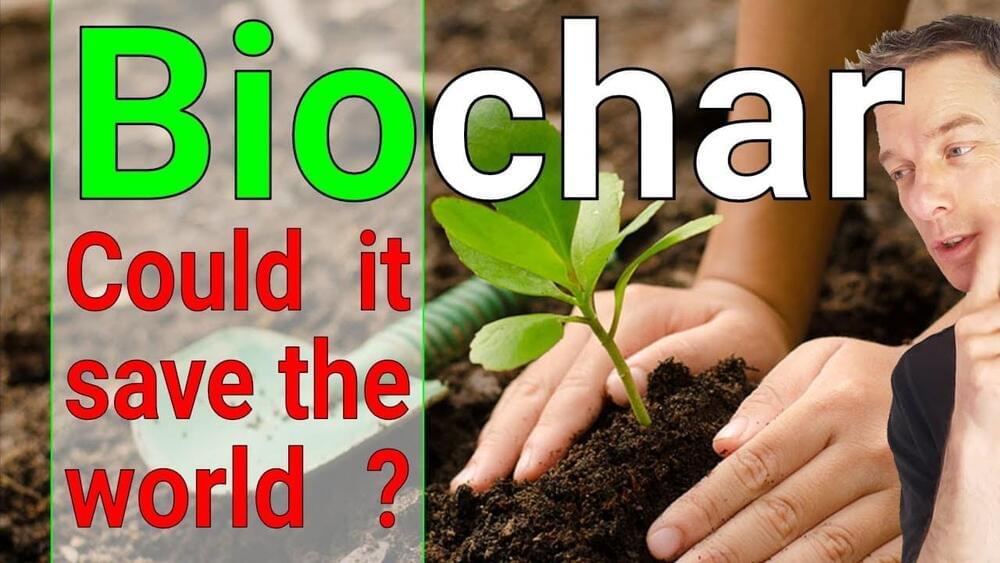
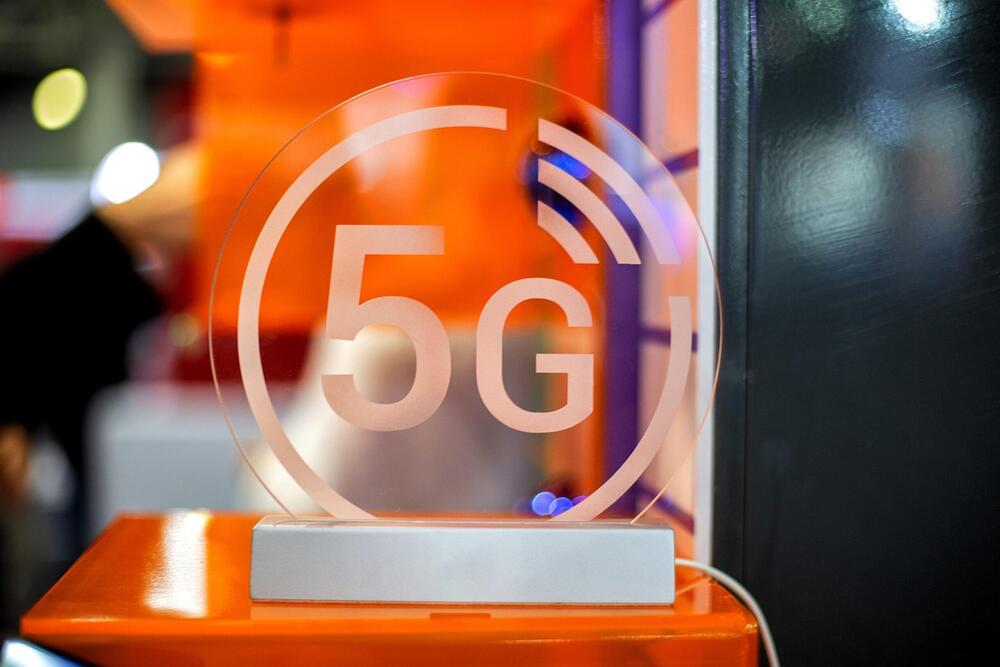
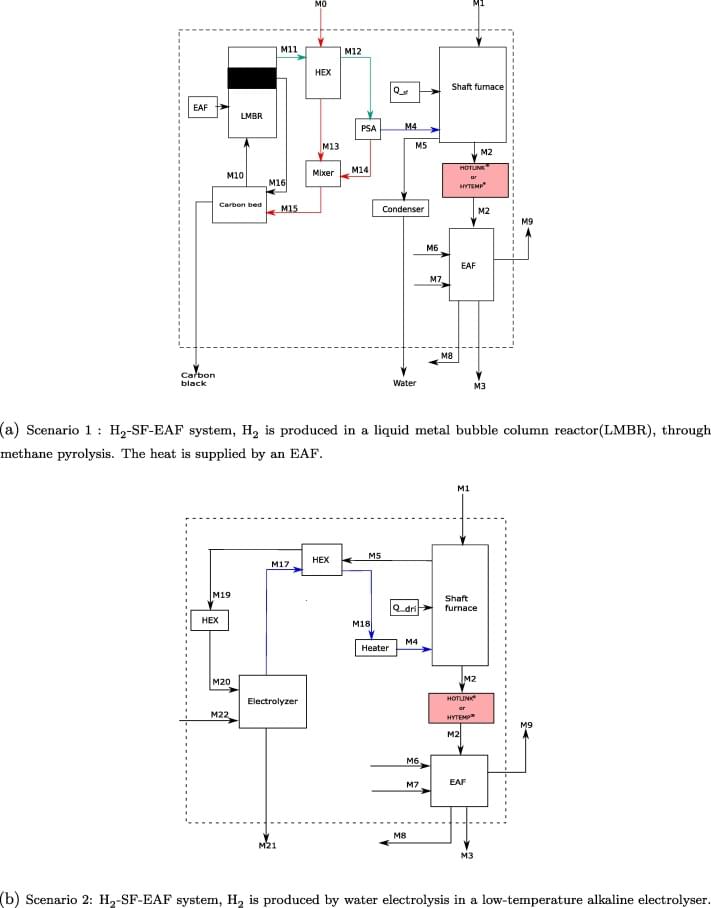
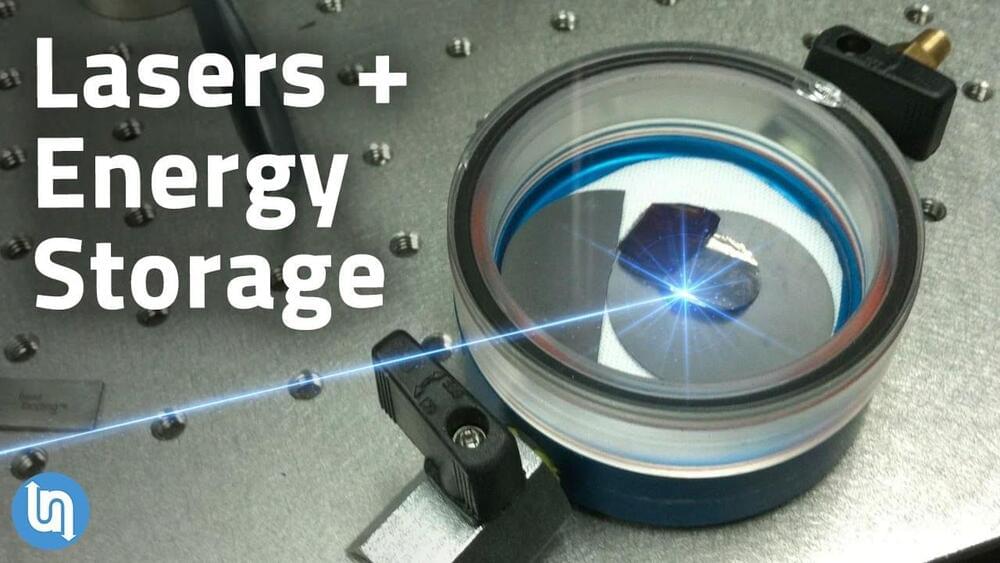
 Support Undecided on Patreon!
Support Undecided on Patreon! Gear & Products I Like.
Gear & Products I Like.